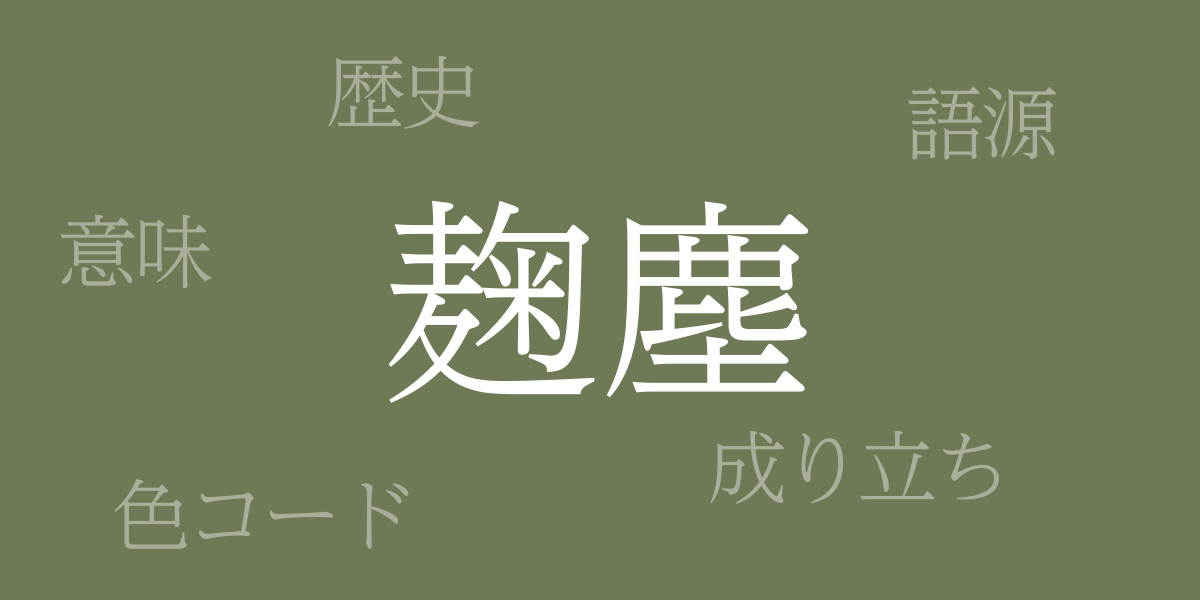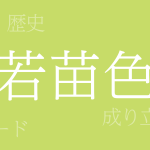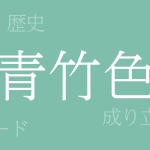Japan has a unique sense of color that has developed alongside the changes in its four seasons. Among these, ‘Kikujin (麹塵(きくじん))’ holds a special place as a traditional Japanese color. This deep, calm color carries the essence of Japanese culture. In this article, we will delve into the history of Kikujin, its color codes, and its Western names.
About Kikujin (麹塵(きくじん))
Kikujin (麹塵(きくじん)) is one of the traditional Japanese colors, a light brownish-gray. The name ‘Koji’ refers to the mold used in fermenting rice, and ‘jin’ means dust. True to its name, Kikujin represents the simplicity of nature and is rooted in the ancient Japanese way of life.
History of Kikujin
Kikujin has been used since the Heian period, a time when nobles cherished natural colors and incorporated the changes of the seasons into their garments. Kikujin was born from a love of nature and symbolizes the delicate sensibilities of the Japanese people.
Color Codes for Kikujin
In modern design and web production, traditional colors are an important element. Below are the color codes needed to digitally reproduce Kikujin:
- HEX: #6E7955
- RGB: R:110 G:121 B:85
- CMYK: C:64 M:49 Y:74 K:4
Western Names for Kikujin
The Western names for Kikujin include ‘Roasted Brown’ and ‘Greyish Brown’. These names reflect the subdued shades of Kikujin through a Western perspective on color.
Summary on Kikujin
Kikujin, true to its name, is a color nurtured within nature and Japanese tradition. It has been cherished throughout history and is still used today in web design, fashion, and other fields. The calm and warmth of this color soothe the viewer’s heart and evoke the essence of Japan’s seasons. Next time you encounter this color, take a moment to appreciate its deep allure.

























